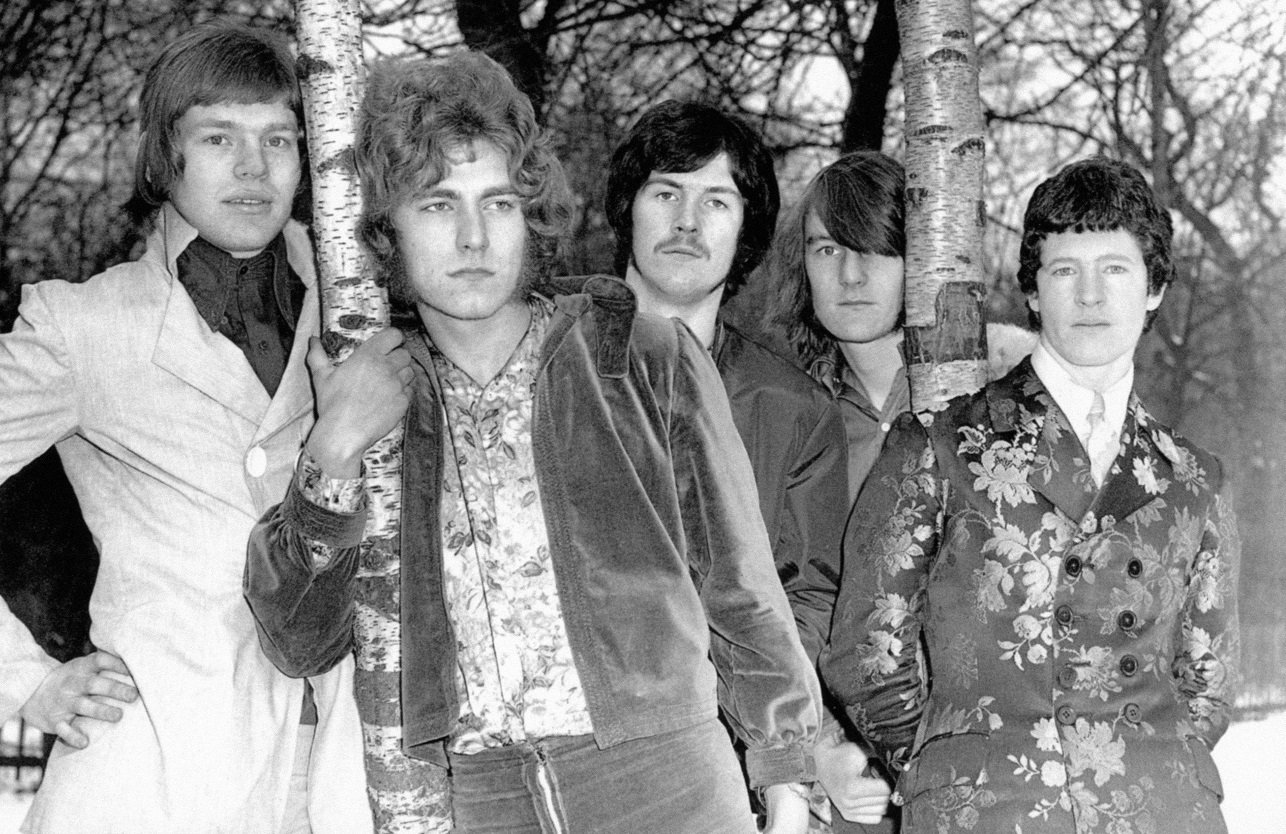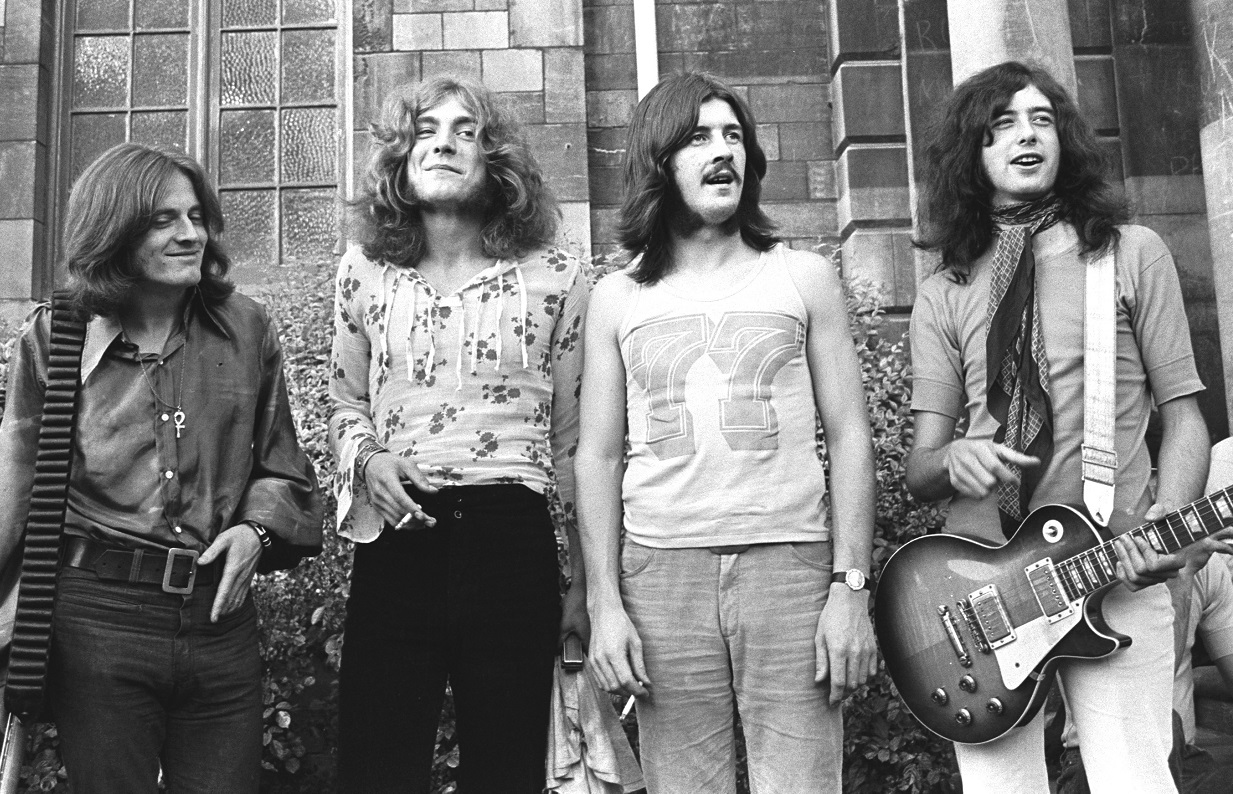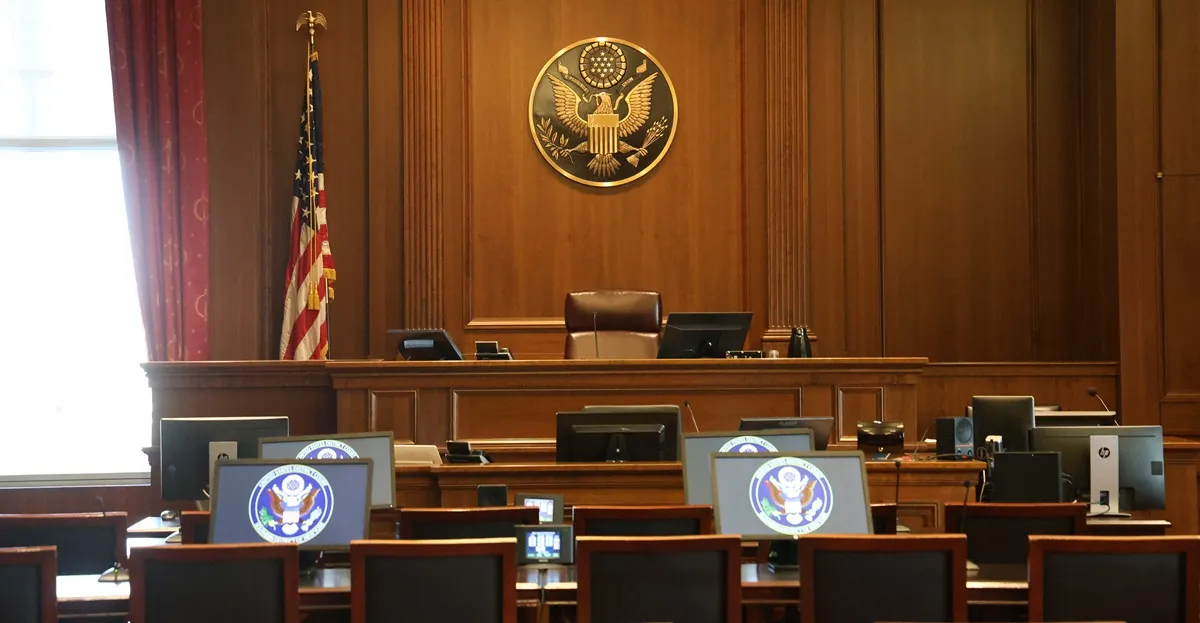Robert Plant and John Bonham Were Plenty Explosive in Their Pre-Led Zeppelin Band
If you’ve heard the surviving members of Led Zeppelin describe the band’s origin story, they all agree that the first time they played together was magical. In a basement in London, as they wailed through “Train Kept A-Rollin'” and other tracks, Jimmy Page realized he’d put together something special.
Page already knew what he had with half the band. He had little reason to doubt what John Paul Jones, who worked on numerous recording sessions with Page, would bring on bass and keys. But the other half of the band had no reputation on the London scene.
After auditioning Robert Plant for lead vocalist, Page felt he’d discovered a force to be reckoned with. As for John Bonham, it took some convincing to bring the 20-year-old drummer aboard. Eventually, Bonham agreed to come along on Plant’s recommendations.
Plant and Bonham knew each other well in those pre-Zeppelin years. In fact, they were playing in Band of Joy together the year Page recruited them for Zep. And the demos they recorded then showed flashes of the explosiveness they brought to 1969’s Led Zeppelin.
Robert Plant and John Bonham played in several bands together before Led Zeppelin

While Plant and Bonham worked together in Band of Joy as late as ’68, they knew each other from years before. In The John Bonham Story, Plant recalled the first time they met. At the time (circa 1965), Plant was 16 and fronting the Crawling King Snakes before a small audience.
Bonham spent the show glaring at Plant from the audience and sought him out afterward. “There was a guy with quite an arrogant air to himself, very cocky,” Plant said. “And he came up to me after the show, and he said, ‘You’re pretty good. But you’d be a lot better with a drummer like me.'”
Though Plant was taken aback by Bonham’s cockiness, the Crawling King Snakes agreed with the drummer’s assessment of himself and hired him. From there, he and Plant bounced around in various short-lived bands until they ended up back together in Band of Joy.
“John was so good, everybody wanted him in the band,” Plant recalled in the documentary. “You knew your relationship with John was gonna change when he decided to get the drums out of the van to clean them — ’cause you’d never see him again. Ha!” But the two did get two impressive demos down with Band of Joy.
Plant and Bonham’s Band of Joy laid down heavy demos of Jimi Hendrix and Buffalo Springfield material

When listening to Band of Joy, you might wonder how many ’60s groups got lost in the era. The band sounds powerful with Plant on vocals and some choice arrangements buoyed by Bonham on drums. Band of Joy’s take on Buffalo Springfield’s classic “For What It’s Worth” is especially interesting.
Bonham almost sounds like the lead instrument on “For What It’s Worth,” which he peppers with fills from the opening bars. As for Plant, it’s remarkable how behind the beat he works on the song. But you also hear Plant going from soft to loud in seconds — a Zep trademark.
You hear more of the same on “Hey Joe,” the Jimi Hendrix hit that Bonham likely played when he worked with Tim Rose in the late ’60s. In the Band of Joy version, Bonham’s heavy drums and Plant’s wailed vocals again jump out at you.
Looking back, you can imagine the seasoned session pro Page seeing the future in these two musicians from England’s Black Country. When he brought them in with Jones, he had the lineup that pushed rock into heavy territory for the following 12 years.


